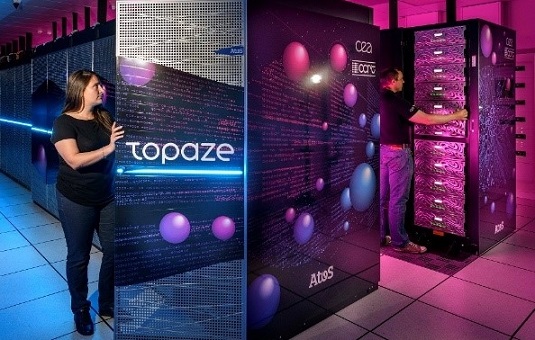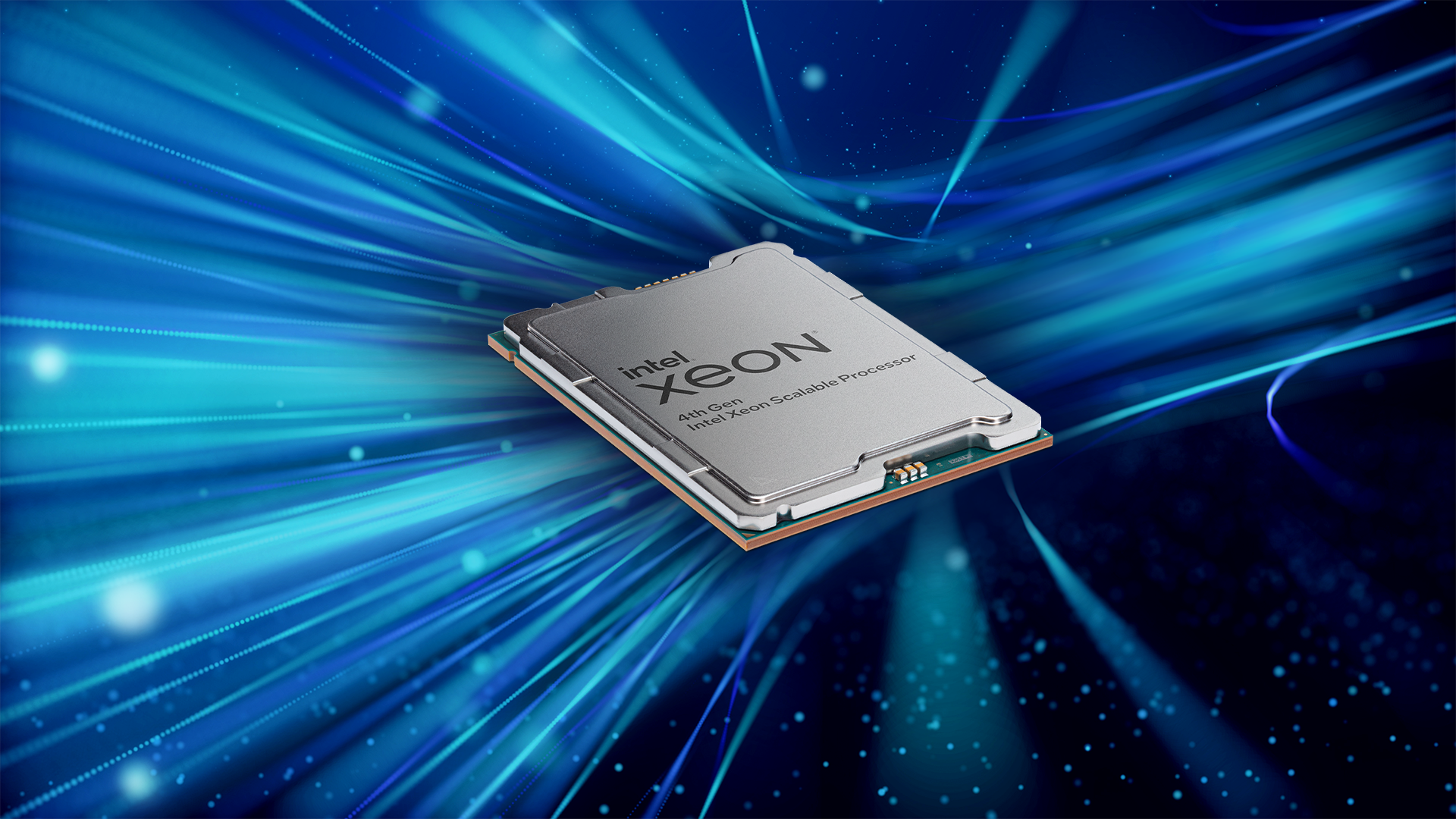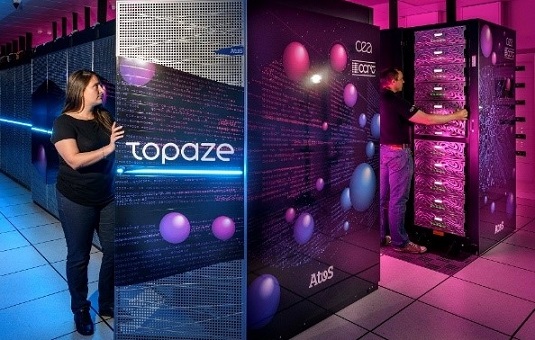1.jpg)
ENTENDU SUR LE FORUM : "Create a novel data management and storage platform for exascale computing "
The IO Software for Exascale Architecture (IO-SEA) project is part of EuroHPC and is being pursued collaboratively across Europe by partners Atos, CEA, CEITEC, ECMWF, FZJ, ICHEC, IT4I, JGU Mainz, KTH, ParTec and Seagate. It aims to create a novel data management and storage platform for exascale computing based on Hierarchical Storage Management (HSM) and on-demand provisioning of storage services.
> Lire l'article


2.jpg)
1.jpg)










.jpg)
1.jpg)
.jpg)

2.png)

1.png)